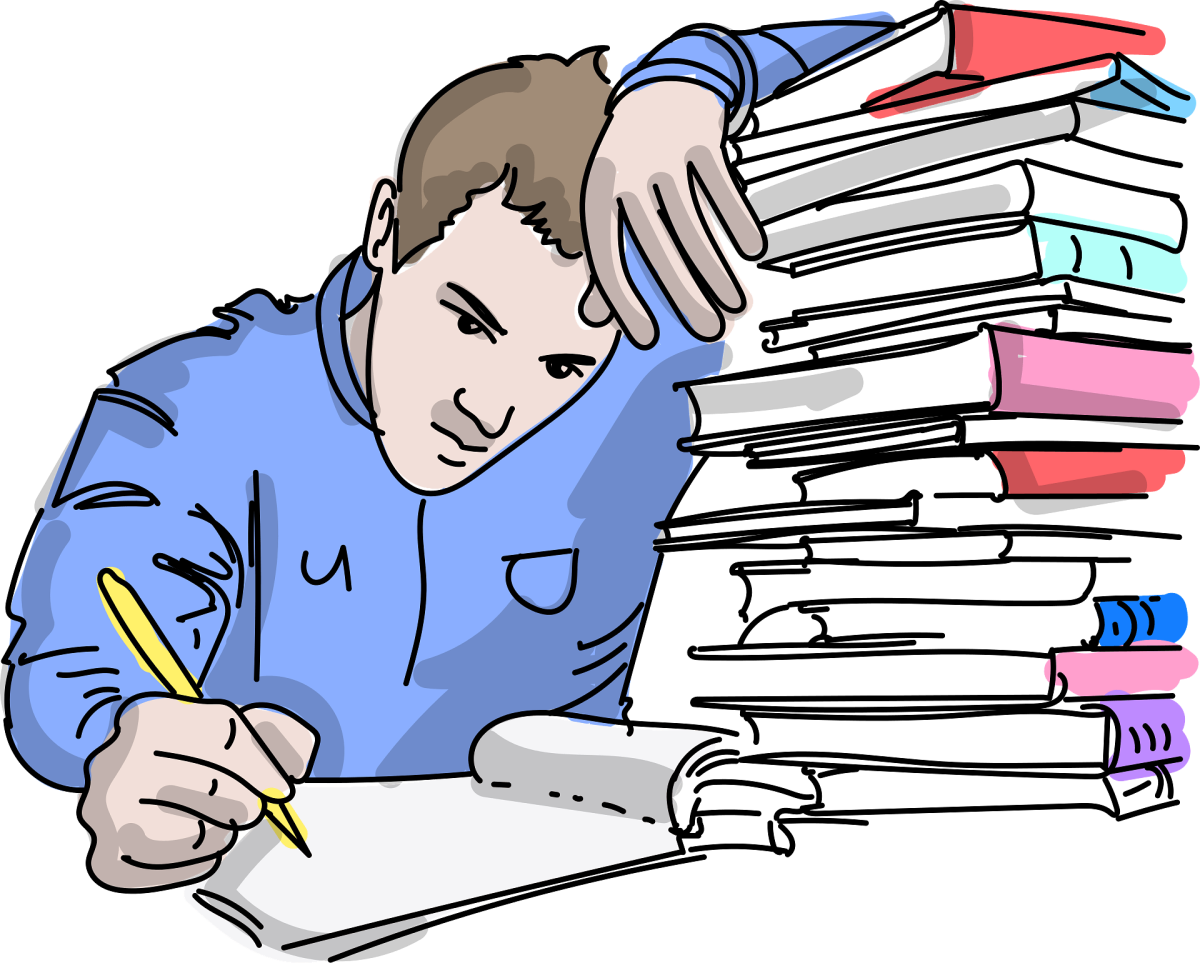For their first three years of high school, students are required to take the PSAT, a practice for a test that only juniors are required to take. The content is based on lessons and classes only learned later in high school, causing underclassmen, freshmen in particular, to feel an unnecessary amount of stress even though it doesn’t count for anything. They obsess over material unknown to them, not because they don’t pay attention in class, but because they just haven’t been properly prepared. Yes, it’s a good way for juniors to prepare for the SAT, but not for the freshmen and sophomores who don’t actually need to take it for years.
Of course by taking the test as underclassmen, students get two more years of practice for the SAT. This gives them more time to mentally adjust to the format of the PSAT regardless of whether or not they understand its content. However, other than the pacing, it’s similar to tests and quizzes taken in regular classes on Scantrons. Most of the PSAT is multiple choice, a format with which all MCPS high schoolers are familiar.
Underclassmen who don’t understand the material tend to either guess on questions or leave their PSAT unfinished and then worry endlessly about their score which doesn’t actually matter. Additionally, teachers and staff fail to explain to freshman and sophomore students’ parents that their score on the PSAT won’t affect their child’s academic record. Thus, parents put pressure on their children to properly prepare for the PSAT and obtain high scores, adding to the stress of school that students already feel on a regular basis.
According to leading psychologists, teens in this century suffer from levels of anxiety and stress similar to those of insane asylum patients in the 1950s. Undeniably, a major cause of these conditions is the increasing pressure that schools and parents put on kids to achieve good grades. Schools put way too much importance on good grades and high scores, rather than students actually learning and understanding material. The PSAT is yet another example of this, basically saying that the score earned on the SAT defines a teen’s future. As an alternative, some students choose to take the ACT, which is different in that it has a fourth section, science,that the SAT does not.
When the school year begins, freshmen struggle to adapt to a completely new environment and sophomores have to get used to tougher classes and not being the babies of the school. Adding the PSAT to their list of problems doesn’t help anyone; the students worry over their scores, the parents worry about their kids’ scores and teachers lose valuable class time.
A positive is that at least Walter Johnson doesn’t force underclassmen to pay to take the PSAT. However, the immense pressure it places on underclassmen is excessive and, in reality, quite easy to eliminate.












